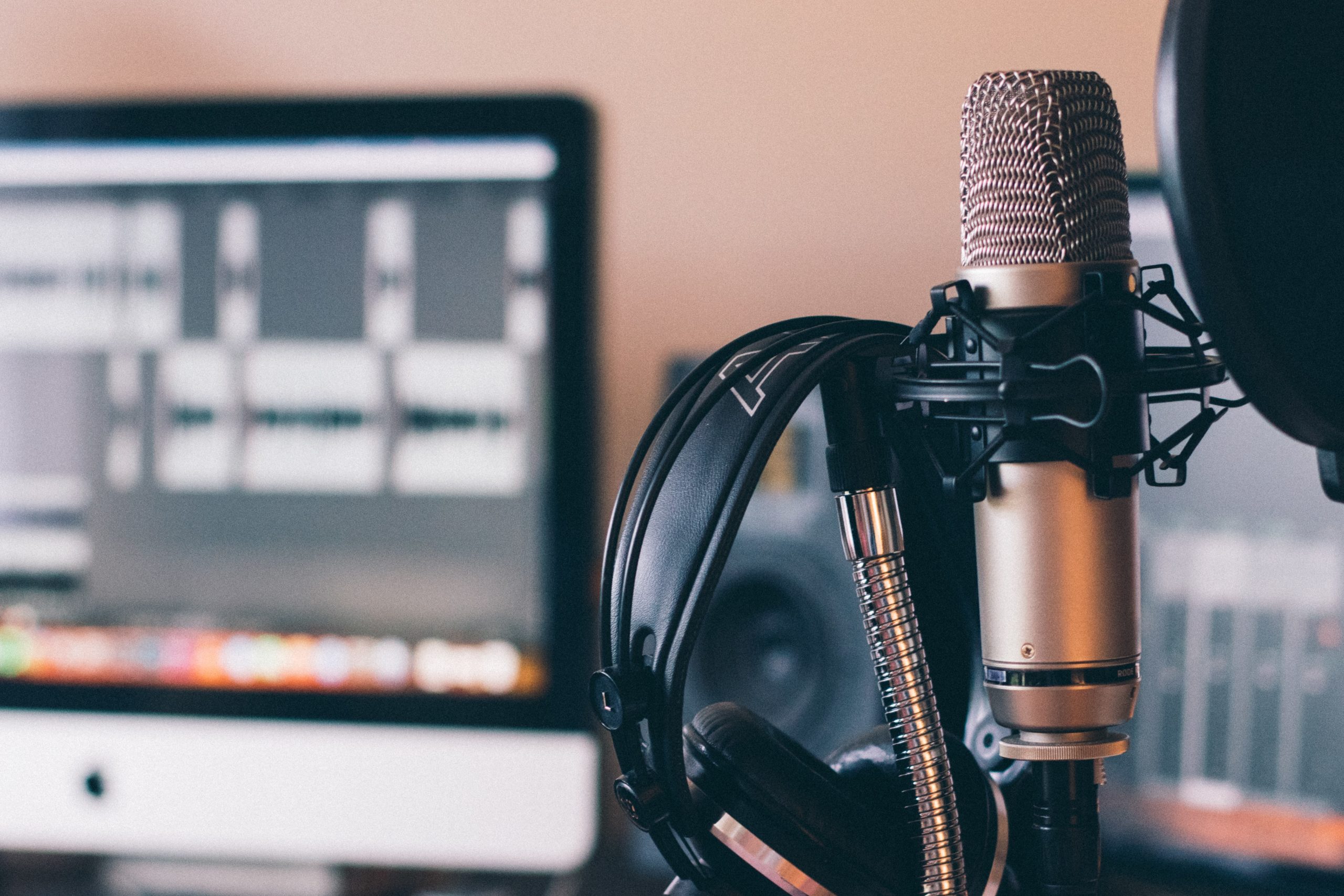Thousands of valuable viewers and listeners are tuned in to your show at any given moment. Keeping them is key to your success. That’s where teasing is crucial.
Teasing sounds easy, but it is difficult work. Most broadcasters and podcasters underestimate the challenge of teasing well. Teasing has two essential moving parts:
Consistency: teasing every segment at least once — sometimes twice — before it airs.
Detail: An “80/20” tease is revealing about 80% of the story leaving 20% for the juicy payoff.
Consistency is the easiest to tackle first. A show that plans and executes where they will tease within a show can quickly increase their batting average.
Detail is more difficult. If you struggle over revealing too much or revealing too little, you’re not alone.
Here are some suggestions that help presenters tease more effectively.
Where is the drama? What is the conflict? What could be resolved? What is about to happen that is explosive or funny? The more evocative the content, the easier it is to tease. Hint: teasing is a great barometer for how strong your content is.
Ask questions. Creating a mystery will compel your audience to find out the answer.
“What Will Neil Young’s Protest Mean for Spotify?” (AP News)
“Should I get my paycheck in Bitcoin? Experts weigh in.” (USA Today)
“What more can the United States do to counter Russia’s threat to Ukraine?” (Morning Edition NPR)
Use audio and video. A clip of dramatic sound highlights the emotional impact of an upcoming segment. You can also alert listeners verbally, “we have audio/video of that moment next.”
Team teases work. The voices of two anchors interacting with passion and authenticity about content in the next segment can be more evocative than one person speaking. Here is an example from the KPLZ morning show in Seattle:
Player one: There have been terrible mass shootings, gun violence in Dayton, El Paso and Gilroy.
Player two: And pop icon Lady Gaga is stepping up to help victims in all three cities, what she is doing for them coming up next in our Positive Spin.
Horizontal teases are difficult – and a big win. A research expert that we worked with studied Nielsen radio surveys and found that a P1 radio listener would typically listen to their favorite morning radio show three days out of a five-day work week.
When that show could create content that would encourage listeners to tune in, “at this same time tomorrow,” the ratings gains from just one more day of listening were exponential.
“At this same time tomorrow” is the crucial phrase.
Most radio listeners listen in a silo, tuning in at the same time every morning. Enticing them with a dramatic storyline can induce them to select your station for the next day’s commute.
The Shoboy Show interviewed a New York City radio listener who was upset that her best male friend was leaving town for a job in LA. He had shown romantic interest in her, but she kept him in the “friend zone.” Now that he was leaving, she realized that he was the man she always wanted for a relationship.
The show encouraged her to make her feelings known to him and she promised to call in the next morning to report the next day on how the conversation went.
She called in the following morning: he was leaving anyway. He was unwilling to give her a second chance. Dramatically, the young woman declared that she was buying a plane ticket and following him to Los Angeles! This gave the show the opportunity to compel listeners into tuning in a third day at the same time to find out what happened when she surprised him in California.
Teasing creates anticipation, which is one of the most positive human emotions. The best teases are short stories that drive anticipation through storytelling, mystery and excitement.

